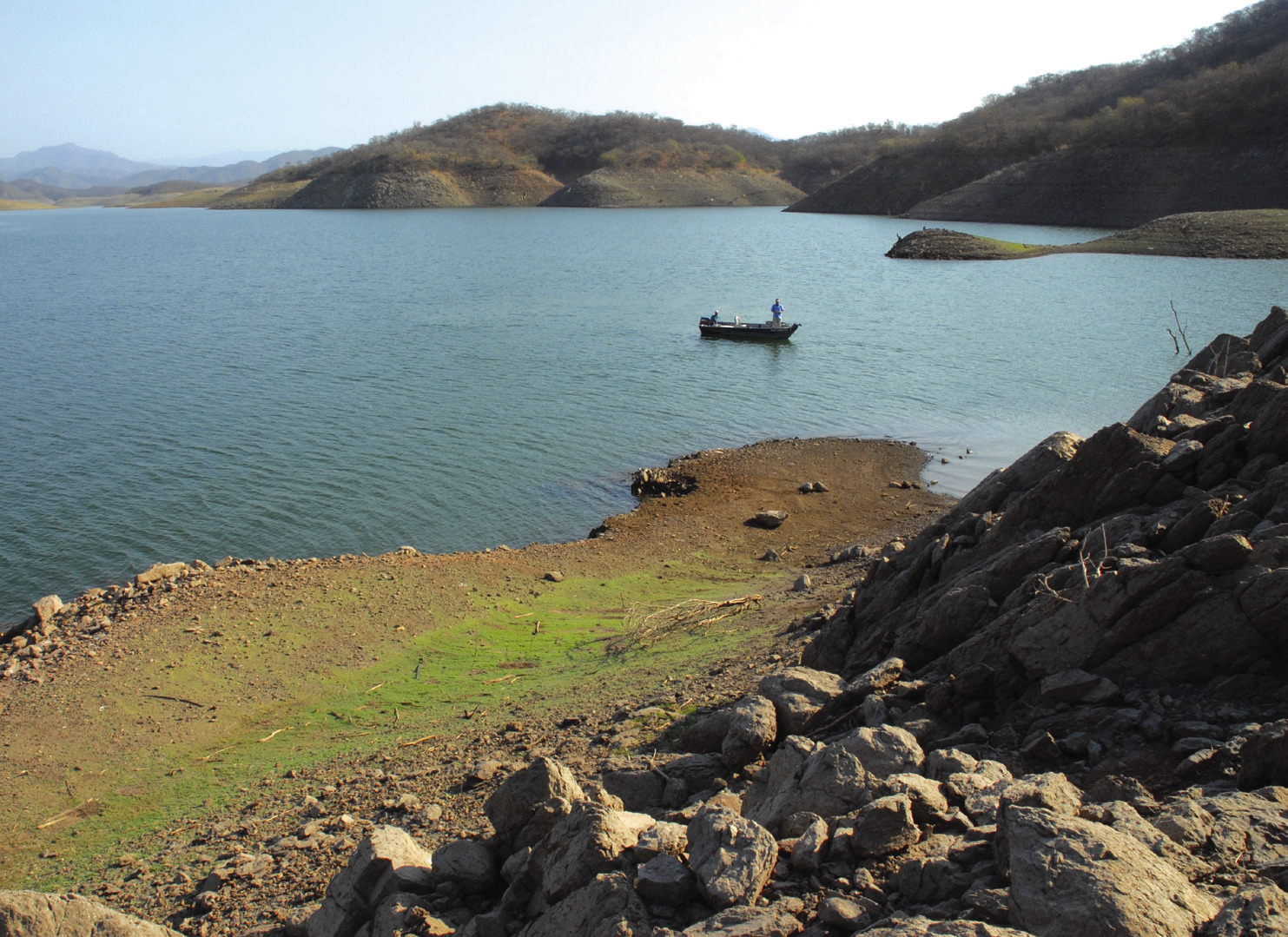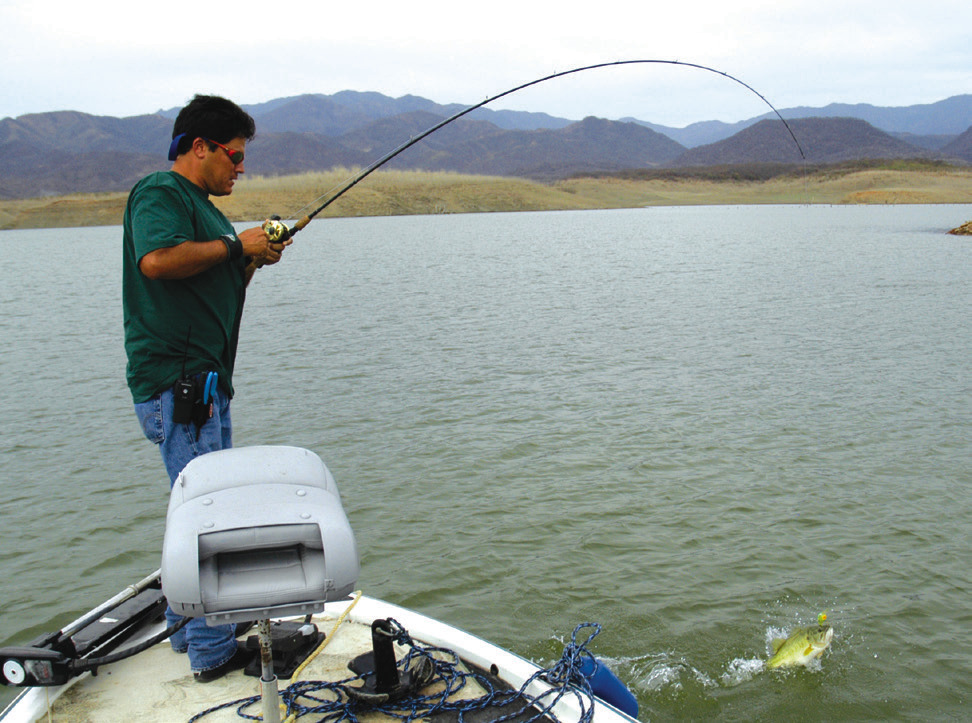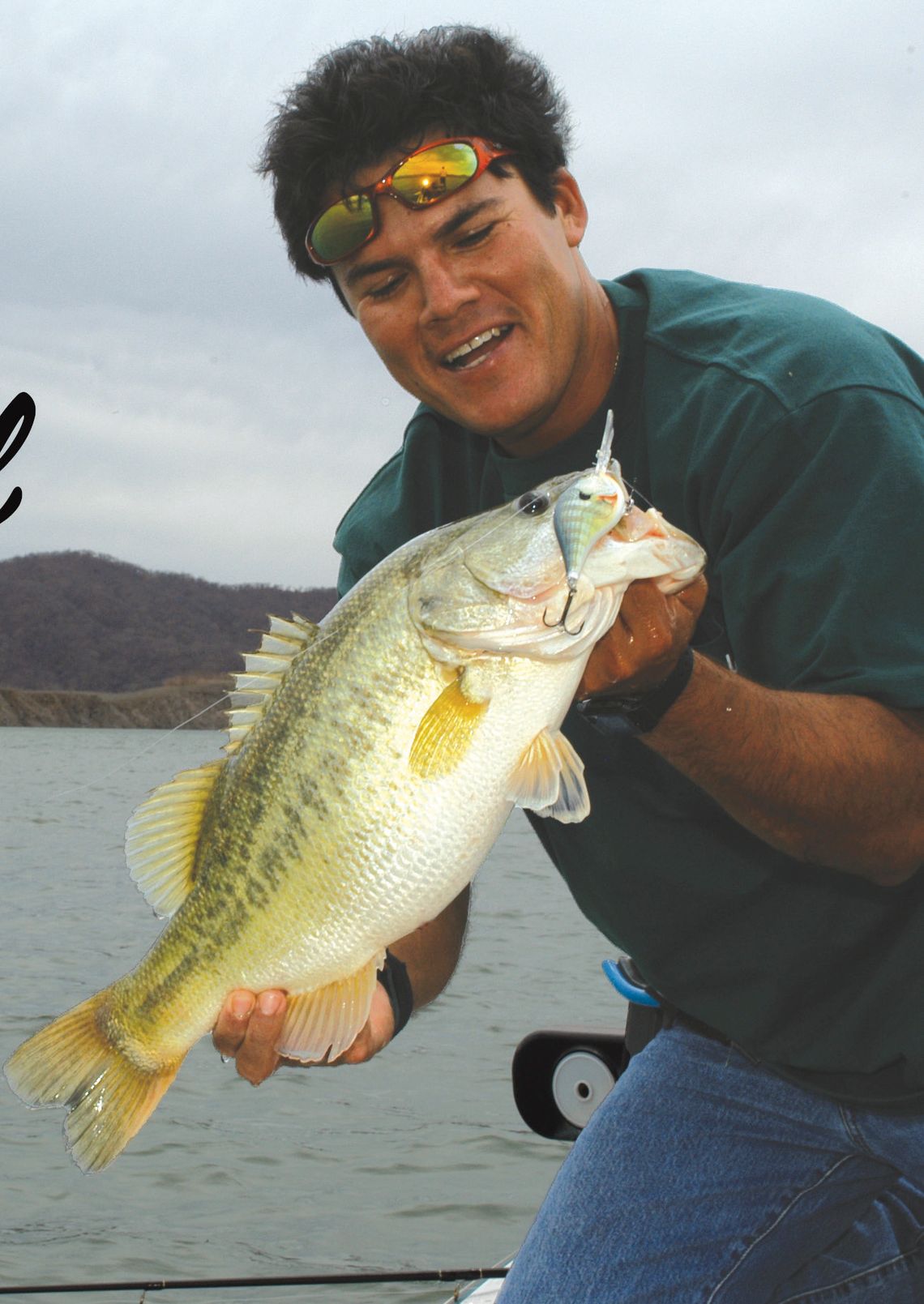A look at some good structure spots always worth a few casts
I’ve been fortunate to visit some of the very best largemouth bass lakes in the world, and I’m thankful that so many of those trips came at a time when fishing was still fishing. Not the video game it has become for so many since the evolution of high-tech electronics like forward-facing sonar, monster screens and other game changing goodies.
They say technology is the future. I’ve gotten a belly full of it over the last few years.
More power to those caught up in the race to reel in the next best thing. I’m much more fond of fishing in the past.
Trolling around staring at a screen and waiting for a real-time blob to show up to cast at just doesn’t interest me much. I like the challenges and surprises of the old school ways.
Fishing by the seat of my pants. Reading a map and contour lines. Making instinctive casts to potential sweet spots with a hope and a prayer.
Speedy Collett of Zapata knows the rewards to be reaped from those old school sweet spots. Collett ran guide trips on lakes Falcon and Amistad in the early 2000s. The Texas/Mexico border reservoirs were regarded as two of the top muscle lakes in the country at the time.
Collett has reeled in his share of big ones from both lakes. Some of the best catches frequently came from isolated places no larger in size than a 1/2-ton pick-up. Many were discovered through years of experience logged long before little black boxes and spot lock trolling motors found their way into bass boats.
Collett took me to one of those spots on a warm November afternoon in 2008. Just as he predicted, there was a wolf pack of hungry 4-5 pounders swimming around down there. They swarmed our big bill crankbaits on consecutive casts.
Several things made the spot special. Collett described it as an old homestead that was reduced to a large pile of rocks and boulders before the lake was built in 1954.
The rubble is conveniently located in close proximity to the edge of the Rio Grande River channel. The water was about 20 feet deep at the time, but significantly deeper where the channel edge drops off. Most strikes came as the crankbait crashed into the rock.
In April 2008, a dozen Bassmaster Elite Series pros mined similar spots on Falcon for 20 bass totals topping 100 pounds in the four day Bassmaster Elite Series “Lone Star Shootout.”
Mississippi pro Paul Elias won the tournament casting to structure spots with deep diving crankbaits and a Carolina rigged worm. His 132-pound, 8-ounce total still stands as the circuit’s all-time four-day weight record.
The late Rene Salazar was pretty good at sniffing out rewarding structure spots, too. Tim Boatman and I shared the deck with the personable fishing guide several years ago at Lake Baccarac in Mexico.
Like Falcon, Baccarac is home to scads of isolated structure. Salazar pinned down one of the sweet spots at the upper reaches of the lake near the Sinaloa River bottleneck. The boat we were in was not equipped with a depth finder of any kind, but it didn’t matter. The guide knew there was a blood bath in progress when he saw pods of shad and tilapia dimpling the surface.
Salazar quietly dropped rope anchor and called the shots. “Quick, throw right there,” he said, pointing the direction of a rocky point.
Boatman and I lofted our crankbaits into the open water and the wide bills dug deep. Within seconds, I felt the Rapala DT16 bouncing off rocks as it dredged bottom in about 14 feet of water.
Wham! The line jumped slack and the rod bowed double. Then Boatman’s. Then Salazar’s. Roughly 30 minutes later the three of us had boated close to 40 bass, most of them in the 3-5 pound range.
The guide described area as a classic structure spot he had discovered years earlier, when the water level was significantly lower. He said the fish were stacked at the confluence of several underwater points and a channel drainage. It had produced a pair of 12 pounders for Salazar and two clients a few days earlier.
The take home messages here: High-tech gear is nice, but there will always be plenty of bass to be caught going old school if you look in the right places. Here are some of the best places to look on lakes all across the country: POINT: A point might be described as a finger-like piece of land that juts outwardly into the water from a main lake shoreline or from the bank of a cove. Some points are long and gradually tapering, whereas others stair step erratically before falling abruptly into deeper water. Points that occur a considerable distance from shore can be especially good, because they are near as obvious and may hold fish that are unmolested.
While bass are prone position anywhere on a point, areas with grass, brush, stumps or rock can be magnets for bass at times.
GUTS: Any noticeable gut or inlet in a grass bed is more than likely a reliable indicator of a change in water depth. Whether abrupt or subtle, these types of places warrant some serious attention. This holds especially true during late winter and early spring, when bass are gravitating towards the shallows to spawn.
CHANNEL BEND: A channel bend occurs when a creek or river turns right or left. Bass like to loaf in channel bends, but they also use them as hiding spots for ambushing roving pods of shad and other forage that might swim dangerously close.
Though outside bends are usually deeper than inside bends, but both can be equally attractive to bass at times. Channel swings laced by grass or cluttered with stumps, brush or logs are usually more likely to hold fish consistently than those that are void of cover.
HUMP and RIDGE: Hump and ridge are terms used to describe well defined high spots on a reservoir’s bottom. Think of a hump like a mountain in an open field that is otherwise flat. Think of a ridge as the elongated saddle that joins two mountains together.
Now imagine both forms of structure submerged by 10-15 of water. Naturally, the fish-holding potential is multiplied when grass, brush, stumps or rocks are factored into the equation.
DROP OFF - Drop offs take many different forms. Some occur naturally, while others are man made.
A good example of a natural drop off would be a spot where a main lake or secondary point falls abruptly into a creek or ditch. A natural drop off might occur in a place where heavy equipment operators robbed dirt to build an earthen dam or highway crossing during the construction process of the reservoir.
Bass love to relate to drop offs, regardless of their origin. Most are caught in close proximity to edge or break line where shallower water meets with deep.
Anglers can increase their chances of getting bit along drop offs by fishing parallel with the depth change instead to and from it.
FLAT: Think of a flat like a tabletop on a lake’s bottom — a featureless area of similar depths that may be as small as a 1/4 acre or as large as 10 or more. Bass frequently use flats when spawning and feeding. The best ones are often dissected by some sort of channel or littered with grass, stumps or lay down logs. POND DAM - Old stock tanks and ponds that are inundated when a reservoir fills provide great underwater structure over the long haul. The underwater dam creates a shallow shelf where bass can loaf or feed with deeper water close by. Any irregularity on the dam like a blow out, brush pile or rock pile creates a secondary structure that is always worth checking out.









